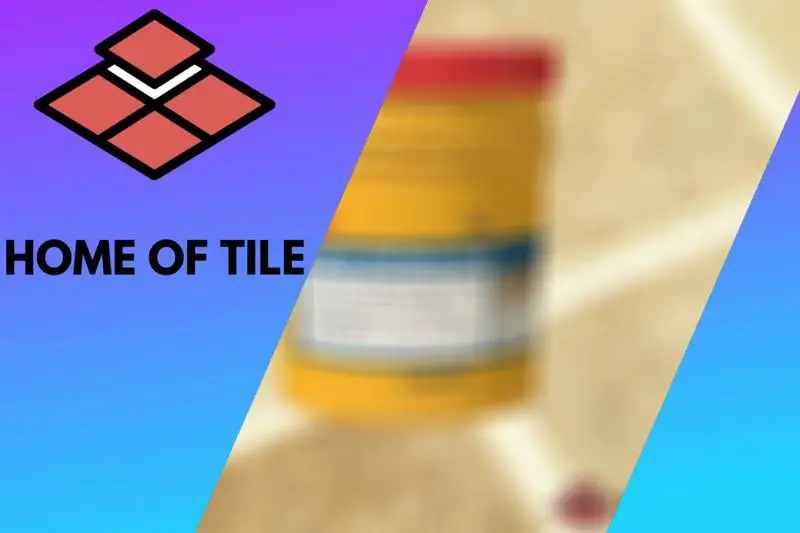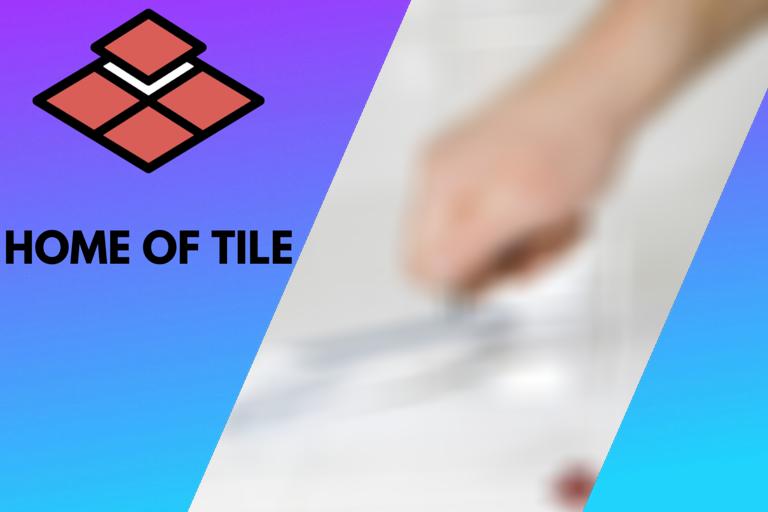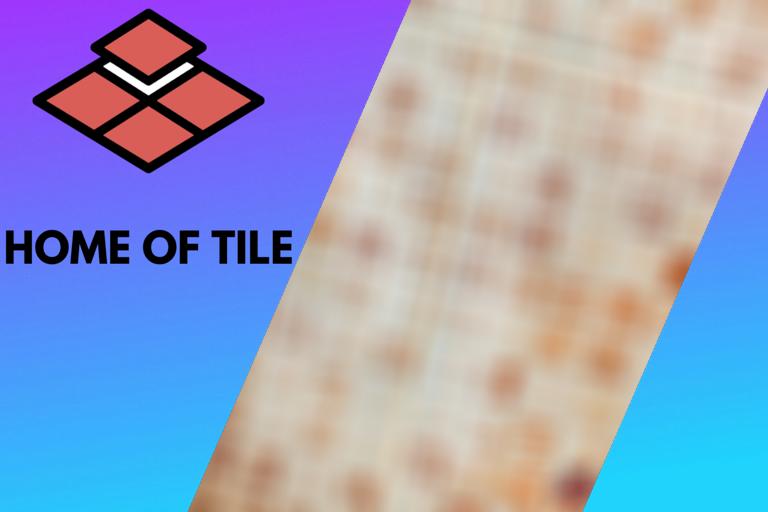What Is Epoxy Grout? What professionals say
It can be a bit overwhelming if you’re weighing your options about what type of grout to use. You probably want to use a grout that is not too labor intensive if you’re going to lay the grout yourself. There are a few good options if you want an easy experience.
Epoxy grout is a type of grout that does not use water or cement in the mixing process. The lack of cement makes for a much less porous grout that can stand up to water much better than cement grout. Epoxy grout comprises epoxy resin silica fillers, pigments, and a hardener.

In the paragraphs below, I’ll explain why contractors don’t use epoxy grout more widely. I’ll also detail why epoxy grout is better overall than concrete grout, and why it may find its place in the market soon.
Why Isn’t Epoxy Grout More Popular?
Most contractors steer clear of epoxy grout in favor of the tried and true concrete-based grout. They avoid it because they are concerned that the mixing process is complicated, they believe it is challenging to work with, and that epoxy grout sets quickly.
These are all false concerns, though. The technology to manufacture epoxy grout has advanced quite a bit since the material first hit the market. It’s fair to say that epoxy grout has caught up to concrete grout and even surpassed it in certain aspects.
Mixing epoxy grout is no more complicated than mixing concrete grout. Some find the process easier because there is no messy dust or guessing games about how much water to add to achieve the desired consistency.
The processes for mixing a batch of epoxy grout vary depending on which manufacturer you choose, but it typically follows a three-step process. It’s straightforward and only involves pouring the resin into a mixer, adding the hardener, and finally the silica filler.
Epoxy grout is no more challenging to work with than standard grout. The only caveat to working with epoxy grout is that it is a temperature-sensitive substance. You want to work with the epoxy grout at room temperature. Not too hot, not too cold.
Variances in temperature can affect not only your ability to work with the grout but also the strength and integrity of the finished product. This is one big reason some contractors avoid using epoxy grout.
Another myth that surrounds epoxy grout is that it sets exceptionally quickly. This is a red flag for any contractor that knows anything about grout. You don’t want it to harden too soon. This will make your job a lot more complicated by forcing you to work in tiny batches.
This is a myth, though. Modern epoxy grout has a similar set time to concrete grout. Depending on the brand, the concrete grout will be set in thirty to sixty minutes. Epoxy grout will harden in thirty to forty-five minutes.
These are very close time windows to work with the grout and get it in place before it hardens. It is a complete myth that epoxy grout will set and harden more quickly than concrete grout.
Why Epoxy Grout Is Better Than Concrete Grout
Epoxy grout boasts a great many benefits over concrete-based grout. It is much easier to mix, is more sanitary, and is naturally waterproof. Therefore, there’s no need to seal epoxy grout after letting it cure.
As I explained above, mixing epoxy grout is a simple three-step process that involves no guesswork. Some manufacturers even have all of the ingredients of the mix pre-packaged and ready for you to dump right into the mixer.
Mixing epoxy grout is a much easier task than mixing concrete grout. Concrete grout must be combined using water and a powder to a perfect consistency that is difficult to achieve consistently. It’s easy to mess up and waste an entire concrete grout batch.
Epoxy grout is much more sanitary than concrete grout. Concrete grout is incredibly porous. Any liquids spilled on the grout will stain and seep into the grout. This can lead to bacteria growth, mold, and mildew.
This added level of hygiene is why most grouts found in hospitals, restaurants, and food production facilities are epoxy grout.
Epoxy does not have this issue because it isn’t porous. It’s made from resin, a hardener, and silica fillers. These fillers serve to eliminate any pores that would be present. This makes epoxy grout naturally waterproof.
Because epoxy grout is naturally water repellent, it does not need to be sealed after it is set and cured. Once it is hardened, it is ready to use. This eliminates another tedious step that is necessary if you use concrete grout.
Concrete grout must be sealed to keep it from retaining moisture. This sounds simple enough, but sealing grout is time-consuming and requires high attention to detail and patience.
Sealing concrete grout takes three days for the sealer to dry and cure. This is after you’ve already waited three days for the concrete grout to cure. Installing concrete grout is an entire week-long process.
One of the main benefits of using epoxy grout is the strength and longevity of the material. Epoxy grout is much stronger than concrete grout and creates a stronger bond.
Epoxy grout is often called impenetrable because of the solid watertight seals that it can create. Along with the material being not porous, epoxy grout ensures that you will not have water damage in your home due to faulty grout.
Conclusion
Epoxy grout is a simple compound that has come a long way since it was created and is still evolving. It’s the grout of the future. The benefits of this type of grout, when compared to concrete grout, make concrete grout seem archaic.
Epoxy grout is a mixture of three components, a resin, a hardener, and a silica filler. When these are mixed, they form grout that’s naturally waterproof and ultra-strong. Epoxy grout isn’t porous like concrete grout, so it doesn’t need to be sealed after it has been set and cured.








